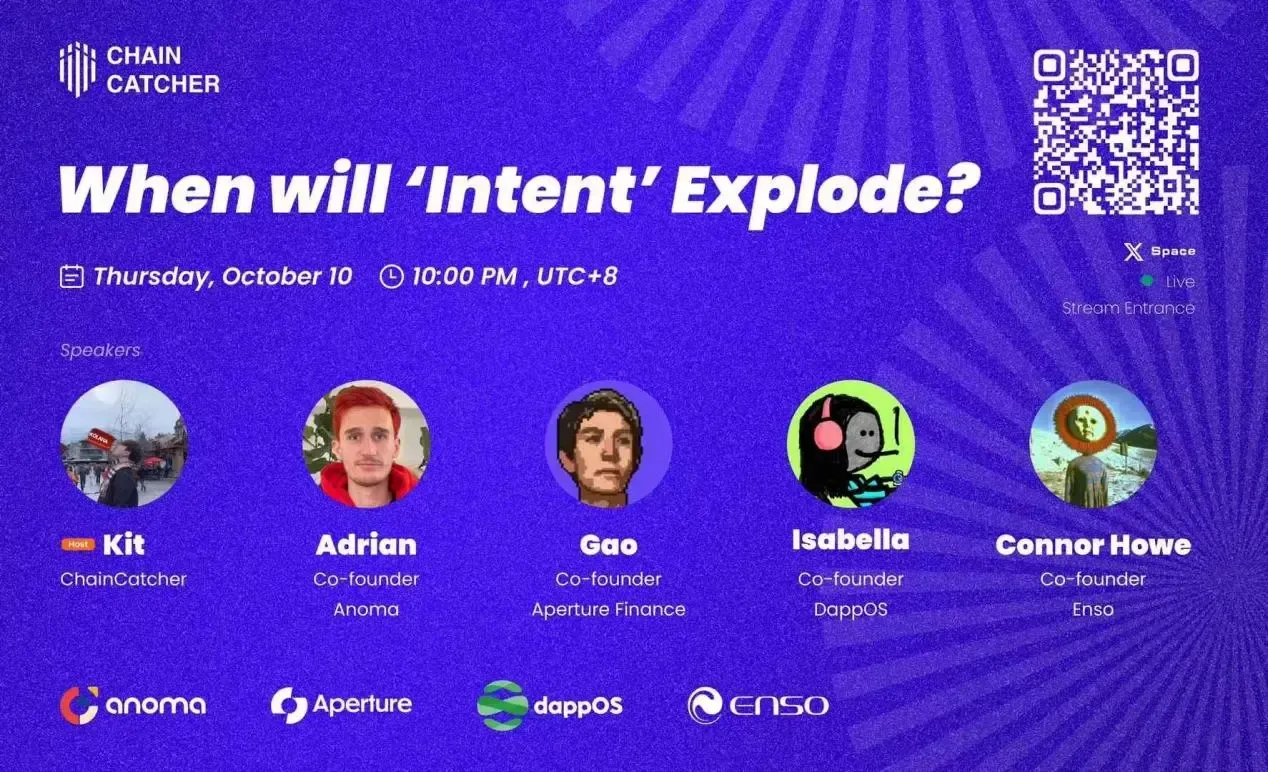Tracking Cryptocurrency Developers: Fingerprinting 250 Million Lines of Code
Original Title: 《Crypto Developers By The Numbers》
Written by: Stanford Blockchain Review
Compiled by: Cointime Freya
Introduction
Currently, there are 23,343 monthly active developers in the cryptocurrency space. Electric Capital releases an annual "Developer Report" to track the status of the cryptocurrency developer community, as understanding who these developers are, what they are doing, and what they are developing is crucial for grasping this trillion-dollar industry and identifying emerging trends.

In the first "Developer Report" released in 2019, we tracked 3,000 cryptocurrency ecosystems and 21,000 repos. This year, due to over 250 contributors adding repositories to the cryptocurrency ecosystem on Github, we tracked over 9,000 ecosystems and more than 163,000 repositories specifically for cryptocurrency. These 163,000 repositories include over 124 million lines of code, and we fingerprinted 250 million code commits across all these open-source repositories to identify the original authors.
Why Track Developers?
The number of developers actively contributing to open-source projects and the types of projects they are engaged in can be seen as early indicators of value creation. Developers build killer applications that provide value to end users, attracting more customers and, in turn, more developers. This creates a virtuous cycle that drives industry growth and development.
By tracking the developer community, one can gain insights into the direction of the industry, the challenges it faces, and the areas that are growing. Since cryptocurrency is largely open-source, we have a unique and unprecedented ability to understand the state of this emerging industry.
Overall Growth Trend of Developers

Open-source cryptocurrency has been around for 14 years. In the first 7 years, there were 1,000 active developers coding each month. In the past 7 years, cryptocurrency has gained over 22,000 monthly active developers. There has been significant growth in the number of developers actively contributing to open-source repositories in the cryptocurrency industry. As of December 2022, there were 23,343 monthly active developers in the cryptocurrency space, a year-on-year increase of 5%, despite a price drop of over 70%.
These developers contributed an astonishing 471,000+ code commits each month, with full-time developers accounting for 76% of these commits, marking an 8% year-on-year increase. The growth of full-time developers is an important signal, as they have a higher retention rate, accounting for only 5% of developer attrition.
While the value of cryptocurrency networks has returned to levels seen in January 2018, development activity has made significant progress since then. Since 2018, the number of monthly active developers has increased by 297%, with a 148% growth during the 2021-2022 uptrend compared to 2017-2018.
Another key metric is the number of new developers. In 2022, over 61,000 developers contributed code to the cryptocurrency ecosystem for the first time, setting a new record.

All major ecosystems with over 1,000 developers (Ethereum, Polkadot, Cosmos, Solana, and Polygon) saw growth in developer numbers in 2022.

Looking at the growth since the peak of the bull market in December 2018/January 2019, we see that Bitcoin's monthly active developers grew threefold, from 372 to 946; Ethereum's monthly active developers grew fivefold, from 1,084 to 5,819. Solana, Polkadot, Cosmos, and Polygon also experienced significant growth, with developer numbers increasing from fewer than 200 to over 1,000.
Growth of Emerging Ecosystems
In addition to the overall increase in cryptocurrency developers, we need to closely monitor emerging ecosystems, as 72% of monthly active developers work outside the Bitcoin and Ethereum ecosystems. Compared to January 2018, we can see that emerging ecosystems are maturing, with the top 200 blockchains gaining developer share and providing strong support for the multi-chain narrative.

In 2018, the top 200 ecosystems accounted for only 25% of the total number of developers; now they account for 50%. Notable ecosystem growth includes Solana, Polkadot, Cosmos, and Polygon, all of which have achieved tenfold developer growth over the past five years.

For smaller ecosystems like NEAR, Kusama, and BNB Chain, the growth is even more pronounced, with all these ecosystems having fewer than 50 developers in 2018 but growing to over 600 developers by 2022.

Additionally, many new ecosystems that did not exist in 2018 are gaining significant momentum. For example, Starknet, Aptos, and Sui are emerging ecosystems that have attracted over 100 developers within two years of their launch.

Growth in Cryptocurrency Verticals
On Ethereum, DeFi and NFTs are among the top 10 use cases (using gas as a proxy). DeFi has seen significant growth, with 3,901 developers working on DeFi across multiple chains each month, a 240% increase since the DeFi summer of 2021.

The diversity of the DeFi ecosystem is also increasing. Today, 50% of DeFi developers contribute code outside the Ethereum ecosystem, up from 30% during the DeFi summer. Significant DeFi ecosystems outside of Ethereum include Cosmos, Solana, Polkadot, and BNB Chain.

Currently, 80% of the activity of a new wallet is related to NFTs. For cross-chain NFTs, over 900 developers are writing code each month, a 299% increase since January 2021. Although the number of NFT developers remained stable from January to December 2022, full-time developers grew by 30%, with developer attrition primarily coming from part-time developers (-5%) and one-time developers (-27%).
However, there is an important caveat. Relying solely on aggregated developer data can be misleading and may not be the correct leading indicator when considering NFTs, games, and DAOs. In these use cases, relatively few developers can build reusable components, and the amount of smart contract code written will be small relative to community participation. For example, a very small amount of code written by a single developer could drive a large PFP NFT community. Or in the case of games, most of the code may be off-chain and closed-source, making inferences drawn from on-chain and open-source data very noisy.
We believe that community participation signals are an important and complementary leading indicator for the NFT, gaming, and DAO markets. To address this, we are exploring several new methods to collect community data and signals, and we will share the results once we have them.
Conclusion
The future of open-source cryptocurrency technology looks bright. Not only have both overall and emerging ecosystems experienced growth, but verticals and use cases in DeFi and NFTs have also seen increases. We have also observed a shift towards greater diversity in the DeFi space, with developers contributing code outside the Ethereum ecosystem. All of this demonstrates the industry's strengths, resilience, and growth potential.










